Backpacking the Grand Canyon is an adventure that combines breathtaking landscapes with the thrill of outdoor exploration. If one is considering a trip into this majestic natural wonder, it is essential to be well-prepared. Here are eight invaluable tips for making the most of a Grand Canyon backpacking experience, along with some bonus insights that can enhance your journey.
1. Start with the Corridor
For those new to the Grand Canyon, the first trip should ideally be along the Corridor. This area serves as the park’s main artery, featuring well-maintained trails, developed backcountry campgrounds, and year-round water availability. The Grand Canyon is vast, remote, and can be extremely dry, with significant elevation changes. Venturing out without prior experience can be hazardous; hence, hiking the Corridor provides an added layer of security, allowing individuals to acclimate safely to the environment.

2. Understand Water Availability
Water is a critical resource while backpacking in the Grand Canyon. Thankfully, there are numerous sources of water along the Corridor. However, it is essential to check with the backcountry office or campgrounds to confirm where water is accessible, as some areas may be turned off depending on the time of year. Planning ahead ensures that one does not have to carry excessive amounts of water, allowing for a lighter pack.
3. Choose the Right Time of Year
Timing is everything when it comes to enjoying the Grand Canyon. Summer temperatures can soar, and the lack of shade can make hiking uncomfortable. For milder weather, spring or fall are ideal seasons. However, travelers should be aware of the possibility of unexpected snowstorms, which can occur as late as April and as early as October. If snow is in the forecast, investing in a good pair of crampons is advisable.
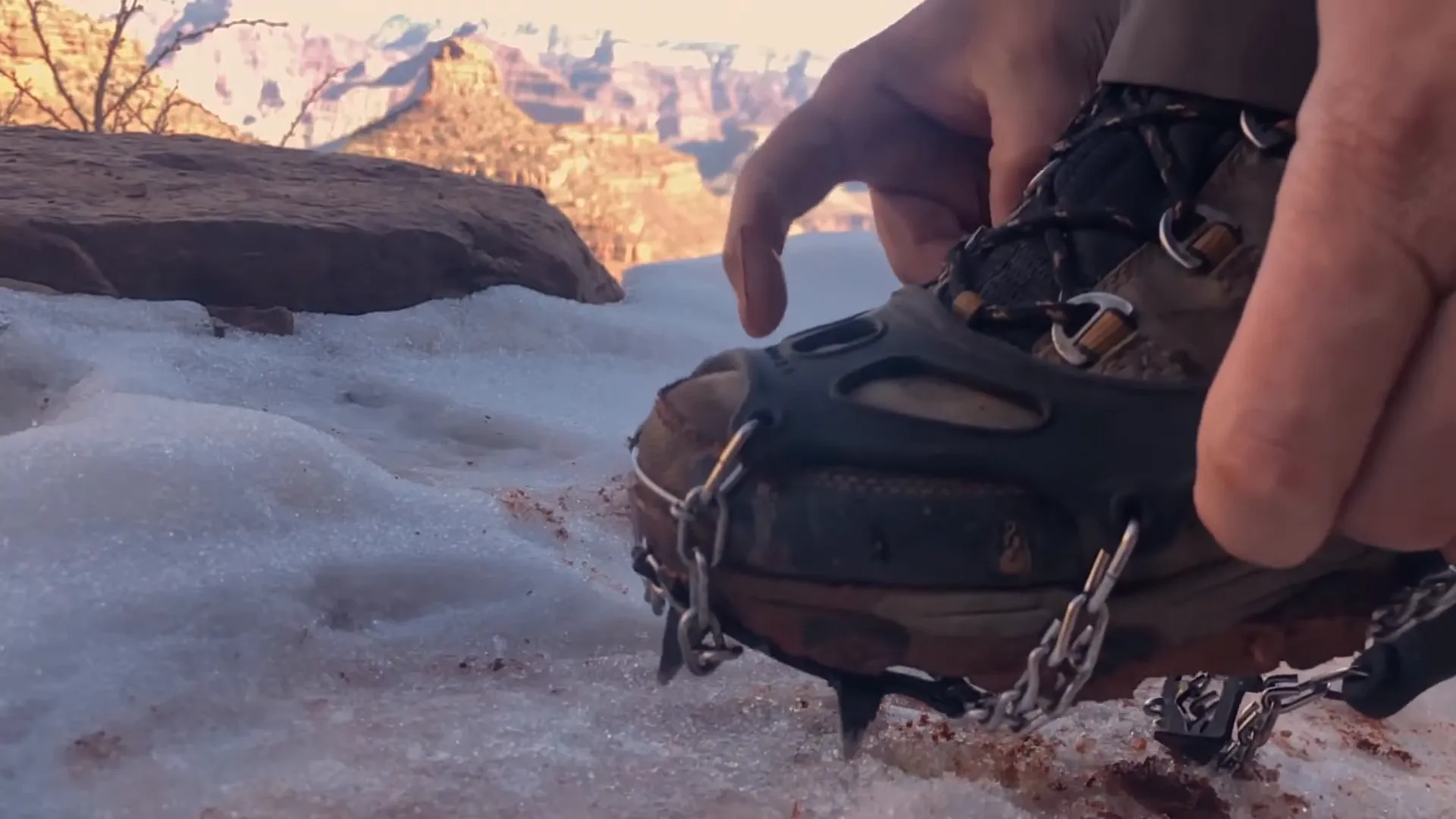
4. Be Prepared for Varied Weather
The Grand Canyon is known for its unpredictable weather, especially in spring and fall. On one trip in mid-March, temperatures fluctuated between 15 and 70 degrees Fahrenheit, with snow, rain, wind, and heat occurring all within a few days. It is crucial to pack layers and be prepared for temperature variances, particularly since the bottom of the canyon is typically 15 to 20 degrees warmer than the rim.
5. Pack Light
When backpacking in the Grand Canyon, packing light is essential. The elevation change of nearly 5,000 feet can be strenuous on the body, especially with a heavy pack. A lighter load will enhance the overall experience and reduce fatigue. Consider bringing only one set of clothes, paring down gear, and utilizing available water sources. The National Park Service even suggests that in summer, one might forgo a tent and sleeping bag entirely.
6. Train for the Descent
Many hikers focus on training for the ascent, but the descent can be equally challenging. The journey down can strain the calves and lead to soreness that lingers for days. A well-rounded training regimen should include exercises that prepare the body for both going up and down, ensuring a more enjoyable hiking experience.
7. Don’t Give Up on Permits
Obtaining a permit for backpacking can sometimes be a daunting process. If one applies and is denied, it is essential not to give up. Walk-up permits are often available, and adding your name to a waitlist can yield surprising results. For more information on last-minute permits, there are numerous resources available that can guide aspiring backpackers.
8. Beware of Squirrels
The squirrels in the Grand Canyon are notorious for being quick and fearless. They can chew through packs or tents to get to food, so it is crucial to store food properly. Even empty ziplock bags can attract their curiosity. Always use the provided food storage boxes and keep packs guarded when away from camp.
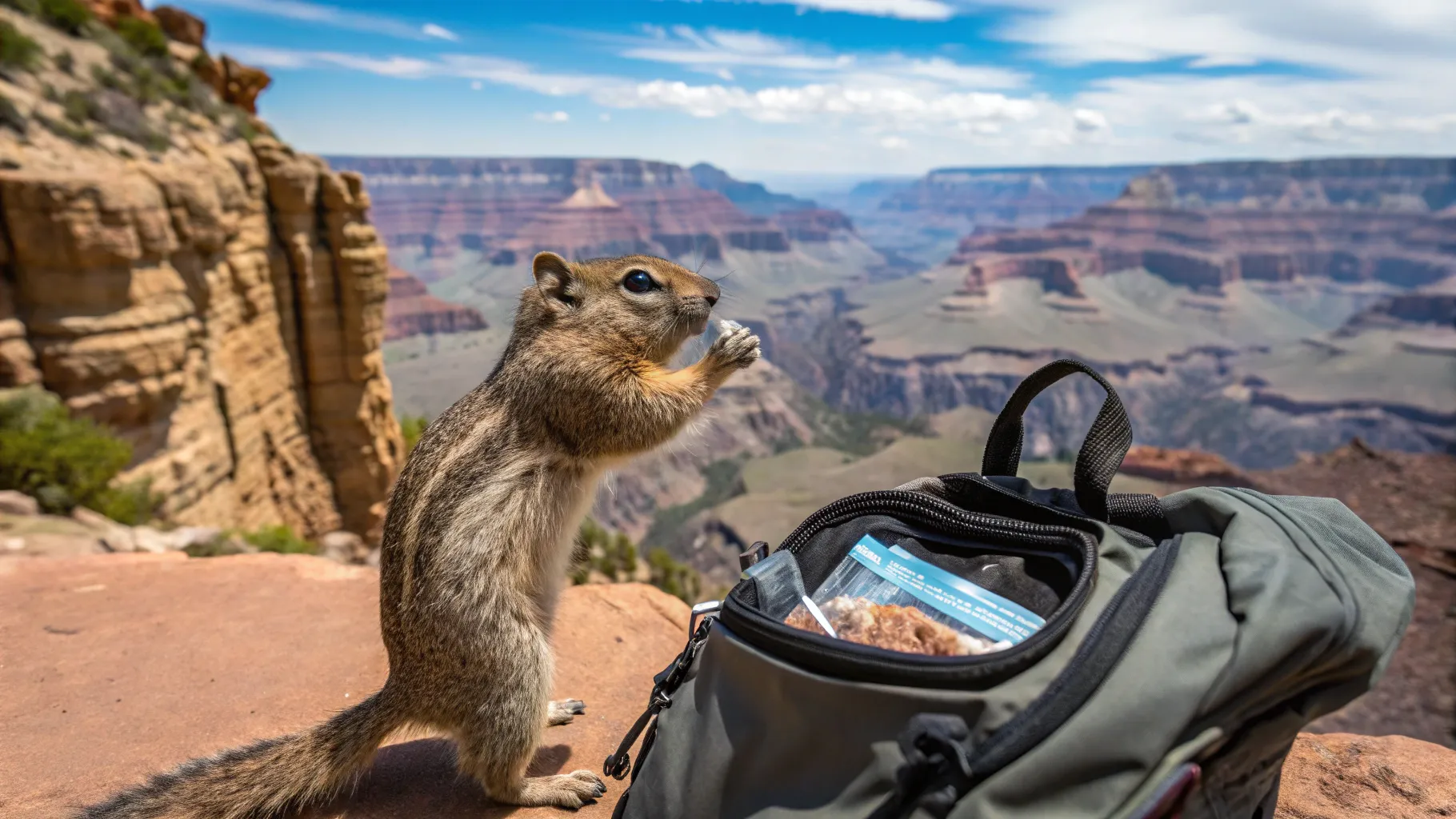
Bonus Tips
1. Tent Stakes
The ground in the Grand Canyon is often hard, and the wind can be relentless, making it difficult to secure tent stakes. Be prepared to either replace stakes after the trip or use rocks to hold down tents.
2. Optimal Campsite
If camping at Bright Angel, site number 23 is highly recommended. It is close to bathrooms and offers privacy, making it a favorite among visitors.
3. Toilets on the Trail
There are toilets available along the trail, so it is advisable to leave toilet paper behind unless planning side hikes where it may be necessary.
4. Side Hikes
Don’t miss out on the side hikes to Ribbon Falls and Plateau Point; both offer stunning views and are well worth the extra effort.
5. Nighttime Viewing
Bring a headlamp or flashlight with a red filter for nighttime excursions. The stars in the Grand Canyon are spectacular, and the park encourages the use of red light to preserve night vision.
Conclusion
With these eight tips and additional insights, one can be well-prepared for a memorable backpacking trip in the Grand Canyon. Whether it’s the breathtaking views, the exhilarating hikes, or the tranquility of nature, this adventure promises to be a rewarding experience. For those seeking vacation rentals in Southern Utah, consider exploring options at Stay Copper Rock for a comfortable base to explore the wonders of the region.
FAQ
What is the best time to visit the Grand Canyon for backpacking?
The best times to visit are during the spring and fall when temperatures are milder. However, be aware of the potential for snowstorms.
How can I obtain a permit for backpacking in the Grand Canyon?
Permits can be obtained through the National Park Service. If denied, consider walk-up permits or waitlists.
What should I pack for a trip to the Grand Canyon?
Pack light, include layers for temperature changes, and ensure you have adequate water storage solutions.
Are there facilities available along the trails?
Yes, there are toilets and water sources along the Corridor trails, making it easier to manage your needs while hiking.
What are some recommended side hikes in the Grand Canyon?
Side hikes to Ribbon Falls and Plateau Point are highly recommended for their stunning views and unique experiences.

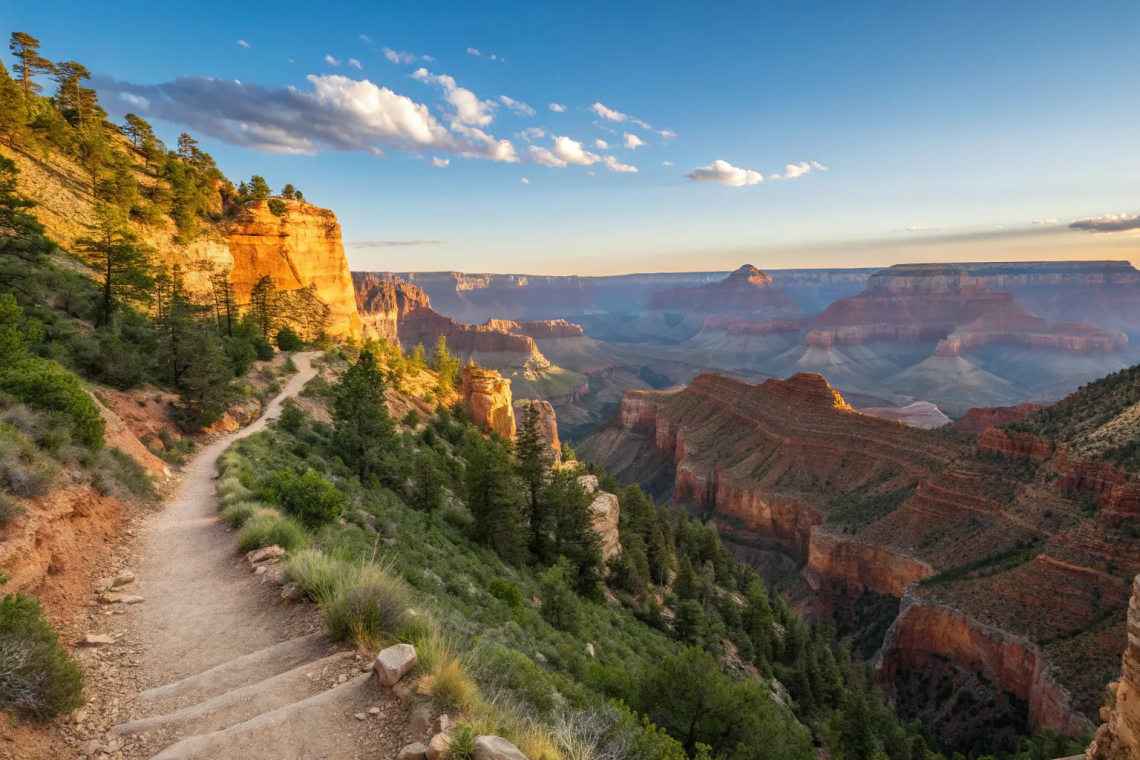



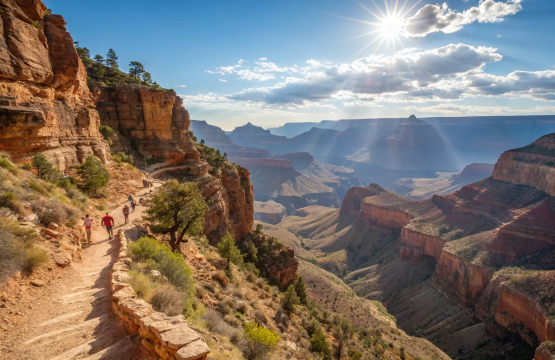
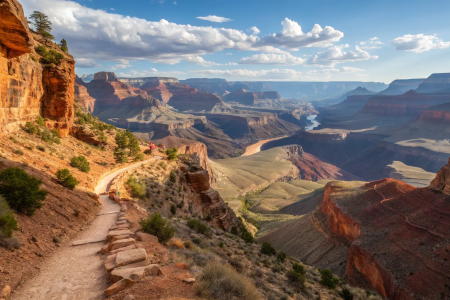
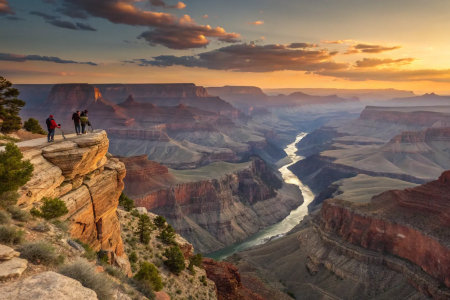
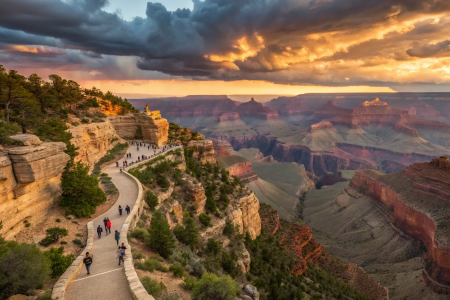

Join The Discussion